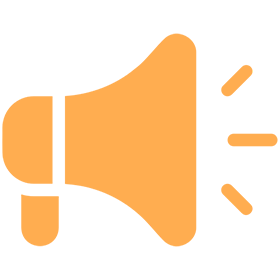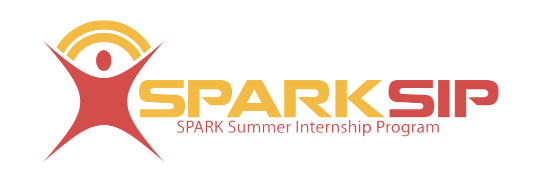| STEM Summer Research Internship Program for High School Students: Spark | Extracurricular Activities | |||||
|---|---|---|---|---|---|
|
About Spark Summer Research Program The Spark Summer Research Program is designed to motivate high school students in the Greater Seattle area by providing practical and in-depth learning opportunities through connections with industry professionals, educators, and various institutions. The program aims to offer appropriate opportunities for interested students in the Greater Seattle area, allowing them to interact with industry experts, renowned institution professors, and community leaders, gaining experience in professional environments and preparing students intellectually and professionally. 2024 Timeline - February: Sponsor Projects – 20-40 hours per week - March: Students Apply – Apply for 1-5 projects, submit essays and transcripts - April: Applicants Matched – Applications reviewed, sent to sponsors - May: Interviews – Applicant and sponsor meet, business submits candidate list - June: Applicants Matched – Applicants accept internships, internships begin - June - August: Internship – Work hard, learn, and have fun!
2023 Internship Examples 1. Detection Tool for Tick-Borne Infections or Breast Cancer This project involves enhancing disease diagnosis and treatment by measuring and quantifying genetic characteristics of cells in disease conditions compared to normal cells. Non-invasive electrical stimulation techniques may have the potential to detect cell changes due to diseases or infections. The project includes studying cell culture for electrical profile measurement and experimentation. This project is suitable for students with proficiency in computer and research equipment operation, excellent communication skills, punctuality, ethical behavior, focus on work, and adherence to BSL-2 guidelines. Candidates must be able to attend the internship in Morgantown, West Virginia. - Weekly Work Hours: 25 hours - Internship Duration: 6 weeks - Location: Morgantown, WV - Eligibility: High school students in grades 9-12 (International students are NOT eligible; only U.S. citizens or permanent residents)
This project applies machine learning and statistical methods to classify conductivity data and predict the conductivity of designer DNA strands. It involves understanding how conductivity patterns change when multiple short DNA strands are mixed and designing sequences with specific conductivity characteristics. Students must be familiar with Python and have access to a good computer for developing and running Python code. The project includes extensive reading, calculations, and weekly presentations. This project is suitable for students interested in scientific computing and machine learning, with preference for those exposed to statistics/machine learning. Candidates must participate in weekly meetings at UW-Seattle. - Weekly Work Hours: 30 hours+ - Internship Duration: 8-10 weeks - Location: Seattle, WA + remote - Eligibility: High school students in grades 9-12 (International students are NOT eligible; only U.S. citizens or permanent residents)
This project involves studying 2D materials and understanding the fundamental materials science that determines their electronic and mechanical properties. Students will produce weekly professional PowerPoint presentations and written summaries, and learn literature searching, basic chemistry, and principles of physics and engineering. This project is suitable for students with a strong background in physics and chemistry or an interest in engineering. - Weekly Work Hours: 30 hours+ - Internship Duration: 8-10 weeks - Location: Seattle, WA + remote - Eligibility: High school students in grades 9-12 (International students are NOT eligible; only U.S. citizens or permanent residents) |
 Click here to book
Click here to book
an information session!
(online & live)
Blog
HOME
Blog


 이전글
이전글
